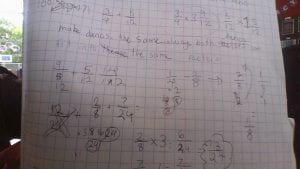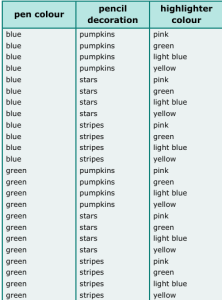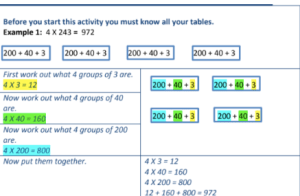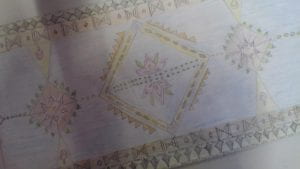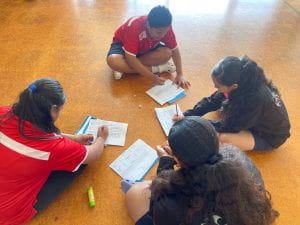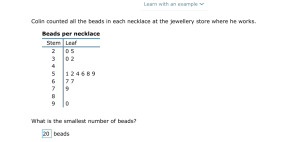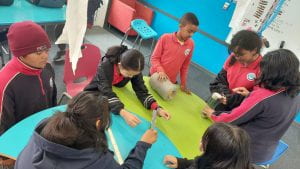
For this measurement activity we used a long string to measure the circumfrence. The circumference is the outer part of the circle that is formed with an infinite amount of dots. Then we measured the diameter, which is a line that crosses through the circle. Both measurements of the circumference and diameter were divided together and most of them were just over the number 3 as a value. The result is called pi. The objects we received were of different sizes and cylinder shaped (from glue stick to bucket).
